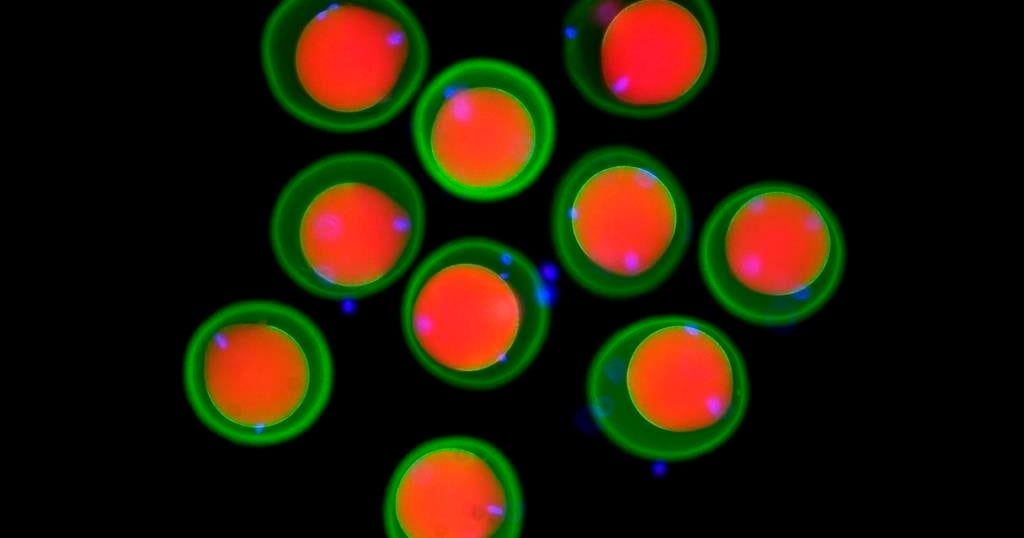A resident and an employee at an Amherstview seniors and long-term care home are in isolation after Kingston, Frontenac and Lennox and Addington Public Health deemed them positive for COVID-19.
The home, Helen Henderson Care Centre, declared an outbreak on Wednesday as a result. It said in a news release that the resident and staff member are asymptomatic and isolating. No other staff or residents are showing symptoms, the home said.
It said the resident tested positive but the staff member received a negative swab. The home did not explain why public health declared the staff member a positive case. Jenn Fagan, spokesperson for public health, said it is still under investigation why the staff member was deemed positive.
On Wednesday, public health announced two new cases of the virus in the region. One is a man in his 20s, who caught the virus from an already positive close contact, and the other is a man in his 90s. The authority also announced two new recoveries, keeping the active case count at seven.
The man in his 90s is the oldest resident in the region to test positive. The next youngest were nine people in their 70s.
The public health authority is also asking some Kingston Transit riders to monitor themselves for symptoms after a fellow passenger tested positive for the virus. Fagan would not say when the passenger in question tested positive.
“For confidentiality reasons, we are not able to share any identifying information of any of case or potential case outside of the established contact tracing and case management procedures,” she said.
The ill passenger rode Kingston Transit north on Tuesday from 11 a.m. to noon and south between 4 and 5 p.m.; north on Wednesday between 1 and 2 p.m. and south between 6 and 7 p.m.; north on Thursday between 9 and 10 a.m. and south between 2 and 3 p.m.; and north on Friday between noon and 1 p.m. and south between 5 and 6 p.m.
Anyone who rode Route 1 during these times should monitor themselves until Nov. 6, which is 14 days after the last risk of exposure, public health said.
“The individual with a COVID-19 infection wore a face covering during all bus trips — and most likely other riders also did due to the mandatory requirement for face coverings — which can reduce the possibility of infection transmission to others,” public health said.
The Kingston region has had 182 cases of the virus since March of this year. While the cases were first found in a variety of ages, recently, the vast majority have been found in people in their 20s.
At the Kingston, Frontenac and Lennox and Addington Board of Health meeting on Wednesday, Megan Carter, local public health’s research associate in knowledge management, provided modelling that showed what might happen to 10 active cases in 20 days using different doubling periods: 14 days, 12 days and “the worst-case scenario” of seven days.
At our current doubling rate of 14 days, by mid-November there could between five and 47 new cases. If the doubling rate decreased to 12 days, there could be between seven and 56 cases, and if it decreased to seven days, there could be between 19 and 130 active cases.
Carter reiterated that the models show only what “might” happen, but the models are important for public health to prepare for the future.
Dr. Mark Mckelvie of Queen’s University’s department of public health and preventative medicine gave a general rundown of the region’s current COVID-19 status. He told the board of the region’s “chain of protection.”
The chain included the various different community members, including families, businesses, public health, hospitals, long-term care, military, correctional services and many others. He explained that all linked together, everyone needs to fulfil their roles to keep the region in its bubble.
“We really appreciate what people are doing and we thank the community for their co-operation,” Mckelvie said, adding that what everyone is doing is “saving lives.”
He then reminded the board that many of the cases in the region are connected to someone who has travelled, so staying local continues to be important.
The public health dashboard states 26 of the area’s cases caught the virus while traveling, 112 caught the virus from a close contact who had already tested positive, information is still pending for three cases and public health has found no epidemiological link for 41 local cases.
Mckelvie also spoke to the board about public health’s seasonal influenza strategy. He told the board that the National Advisory Committee on Immunization estimates that about 12,200 Canadians are hospitalized and 3,500 die every year of influenza. Last year, 42,537 Canadians tested positive for the flu. Those at the most risk are the elderly, the very young, pregnant women and people with chronic conditions.
While the Kingston, Frontenac and Lennox and Addington area has been above the provincial vaccination rate of about 40 per cent, Dr. Kieran Moore, medical officer of health, has set the goal of vaccinating 60 per cent of the region.
The local public health authority has been allocated 72,000 vaccines by the province to distribute, in addition to the more than 16,700 allocated to local pharmacies.



























